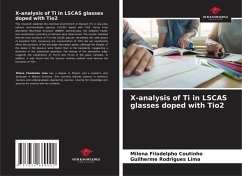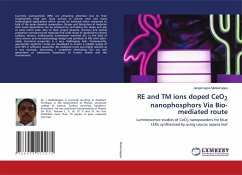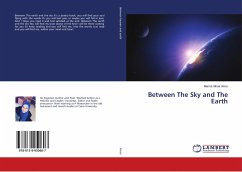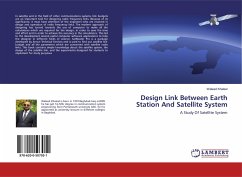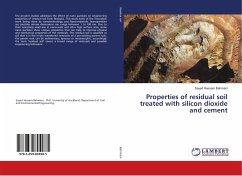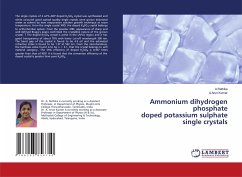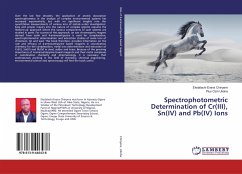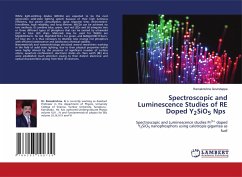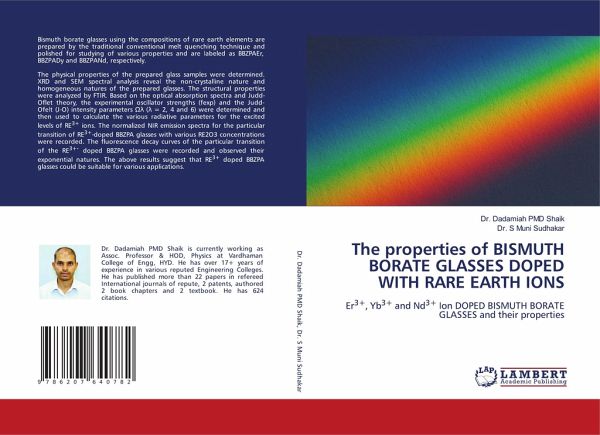
The properties of BISMUTH BORATE GLASSES DOPED WITH RARE EARTH IONS
Er3+, Yb3+ and Nd3+ Ion DOPED BISMUTH BORATE GLASSES and their properties
Versandkostenfrei!
Versandfertig in 6-10 Tagen
40,99 €
inkl. MwSt.

PAYBACK Punkte
20 °P sammeln!
Bismuth borate glasses using the compositions of rare earth elements are prepared by the traditional conventional melt quenching technique and polished for studying of various properties and are labeled as BBZPAEr, BBZPADy and BBZPANd, respectively.The physical properties of the prepared glass samples were determined. XRD and SEM spectral analysis reveal the non-crystalline nature and homogeneous natures of the prepared glasses. The structural properties were analyzed by FTIR. Based on the optical absorption spectra and Judd-Oflet theory, the experimental oscillator strengths (fexp) and the Ju...
Bismuth borate glasses using the compositions of rare earth elements are prepared by the traditional conventional melt quenching technique and polished for studying of various properties and are labeled as BBZPAEr, BBZPADy and BBZPANd, respectively.The physical properties of the prepared glass samples were determined. XRD and SEM spectral analysis reveal the non-crystalline nature and homogeneous natures of the prepared glasses. The structural properties were analyzed by FTIR. Based on the optical absorption spectra and Judd-Oflet theory, the experimental oscillator strengths (fexp) and the Judd-Ofelt (J-O) intensity parameters ( = 2, 4 and 6) were determined and then used to calculate the various radiative parameters for the excited levels of RE3+ ions. The normalized NIR emission spectra for the particular transition of RE3+-doped BBZPA glasses with various RE2O3 concentrations were recorded. The fluorescence decay curves of the particular transition of the RE3+- doped BBZPA glasses were recorded and observed their exponential natures. The above results suggest that RE3+ doped BBZPA glasses could be suitable for various applications.





